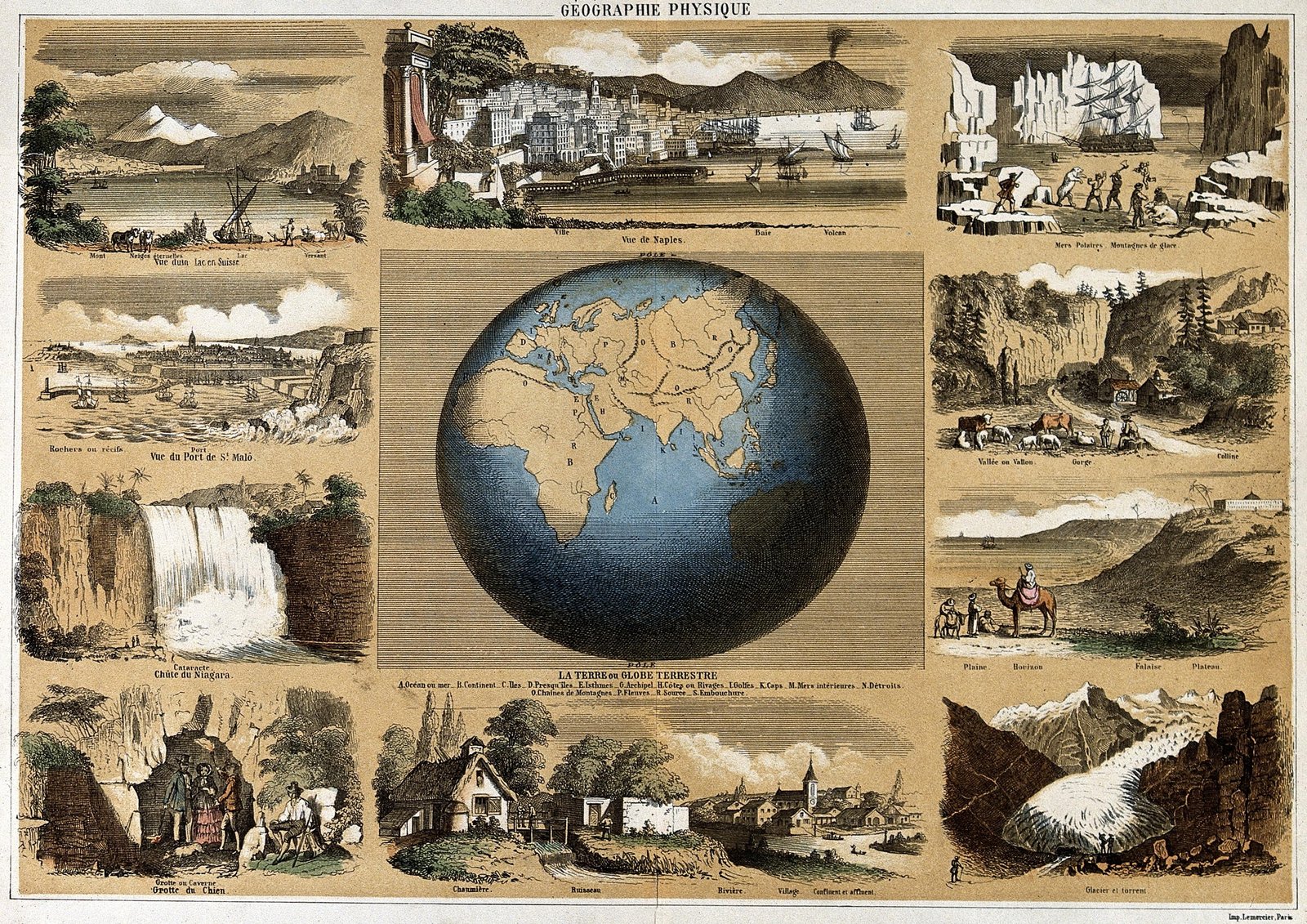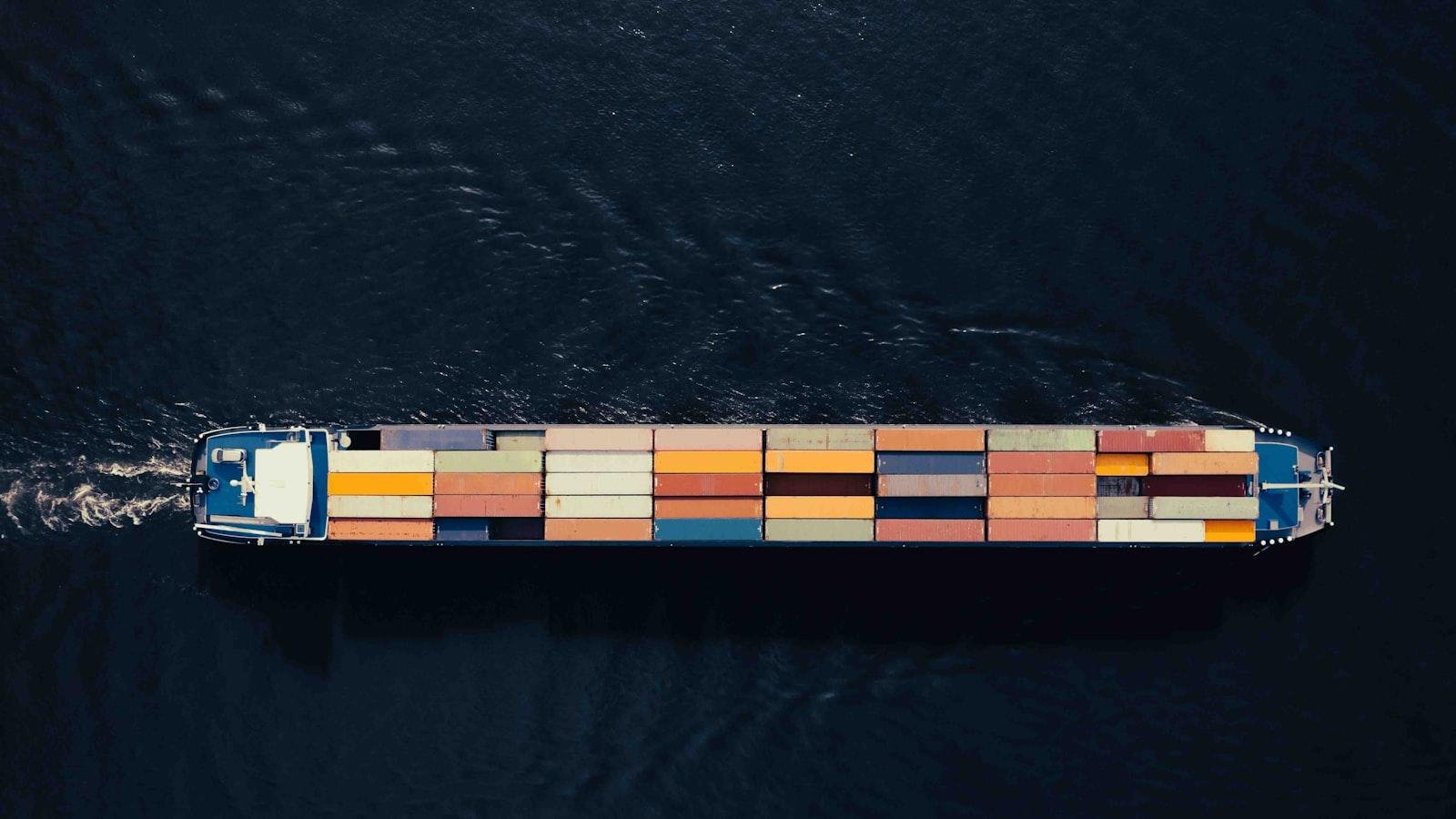Now Reading: Bangladesh
- 01
Bangladesh

Bangladesh
Located in South Asia, Bangladesh is a country with a rich history and vibrant culture. With a population of over 160 million people, it is the eighth most populous country in the world. From its stunning landscapes to its bustling cities, Bangladesh offers a unique blend of traditions and modernity. In this article, we will delve into the history, geography, and culture of this diverse country.
Geography and Climate of Bangladesh
Bangladesh is a country located in South Asia, bordered by India to the west, north, and east, Myanmar to the southeast, and the Bay of Bengal to the south. With a total area of 147,570 square kilometers, it is one of the most densely populated countries in the world. The geography of Bangladesh is characterized by flat and fertile land, with the majority of the country being made up of the Ganges-Brahmaputra Delta.
The climate of Bangladesh is tropical, with hot and humid summers and mild winters. Monsoon season typically lasts from June to October, bringing heavy rainfall and frequent flooding to the region. The country is prone to natural disasters such as cyclones, floods, and landslides due to its low-lying geography. Despite these challenges, Bangladesh has a rich agricultural heritage and is known for its vibrant culture and welcoming people.

Economic Opportunities and Challenges in Bangladesh
Bangladesh, a country in South Asia, presents a plethora of economic opportunities and challenges for its population. With a rapidly growing economy, the country has become a hub for industries such as textiles, garments, agriculture, and technology. The government has been focusing on attracting foreign investments and promoting export-oriented industries to drive economic growth. Additionally, Bangladesh’s strategic geographical location provides it with a competitive edge in terms of trade with neighboring countries.
However, Bangladesh also faces several challenges on the economic front. Issues such as poverty, income inequality, infrastructure deficits, and political instability pose significant obstacles to sustainable development. The country also grapples with environmental challenges like natural disasters and climate change, which can impact economic growth. Despite these challenges, Bangladesh continues to work towards overcoming them and harnessing its economic potential for the betterment of its citizens.
Culture and Traditions of Bangladesh
Bangladesh is a country rich in culture and traditions that date back centuries. One of the most unique aspects of Bangladeshi culture is the vibrant and colorful festivals that are celebrated throughout the year. These festivals often involve music, dance, traditional foods, and religious rituals that bring communities together in a spirit of joy and togetherness.
The traditional music and dance of Bangladesh are also important components of the country’s cultural heritage. Folk music and dance forms such as Baul, Bihu, and Jatra have been passed down through generations and are still performed at various cultural events and festivals. Additionally, traditional crafts such as handloom weaving, pottery, and wood carving play a significant role in preserving the country’s cultural identity and heritage.
Recommendations for Sustainable Development in Bangladesh
One key recommendation for sustainable development in Bangladesh is to focus on promoting renewable energy sources such as solar, wind, and hydropower. By investing in these clean energy alternatives, Bangladesh can reduce its dependence on fossil fuels and decrease harmful greenhouse gas emissions. Additionally, promoting renewable energy can help create new jobs in the green energy sector and improve energy access for rural communities.
Another important recommendation is to strengthen regulations and enforcement mechanisms to protect the environment. This includes implementing stricter laws to prevent pollution, deforestation, and habitat destruction. Furthermore, promoting sustainable agriculture practices such as organic farming and agroforestry can help preserve natural resources and biodiversity in Bangladesh.
Closing Remarks
In conclusion, Bangladesh is a vibrant and diverse country with a rich history and culture. From its stunning natural landscapes to its bustling cities, there is much to explore and discover in this South Asian nation. Despite facing challenges such as poverty and natural disasters, Bangladesh continues to make progress in various sectors, including education, healthcare, and economy. As the country continues to develop and grow, it remains an intriguing destination for travelers and a key player in the global community. Whether you are interested in exploring its historical sites, sampling its delicious cuisine, or learning about its unique traditions, Bangladesh offers a wealth of experiences for visitors to enjoy. Visit Bangladesh and experience the warmth and hospitality of its people, as well as the beauty of its land.











